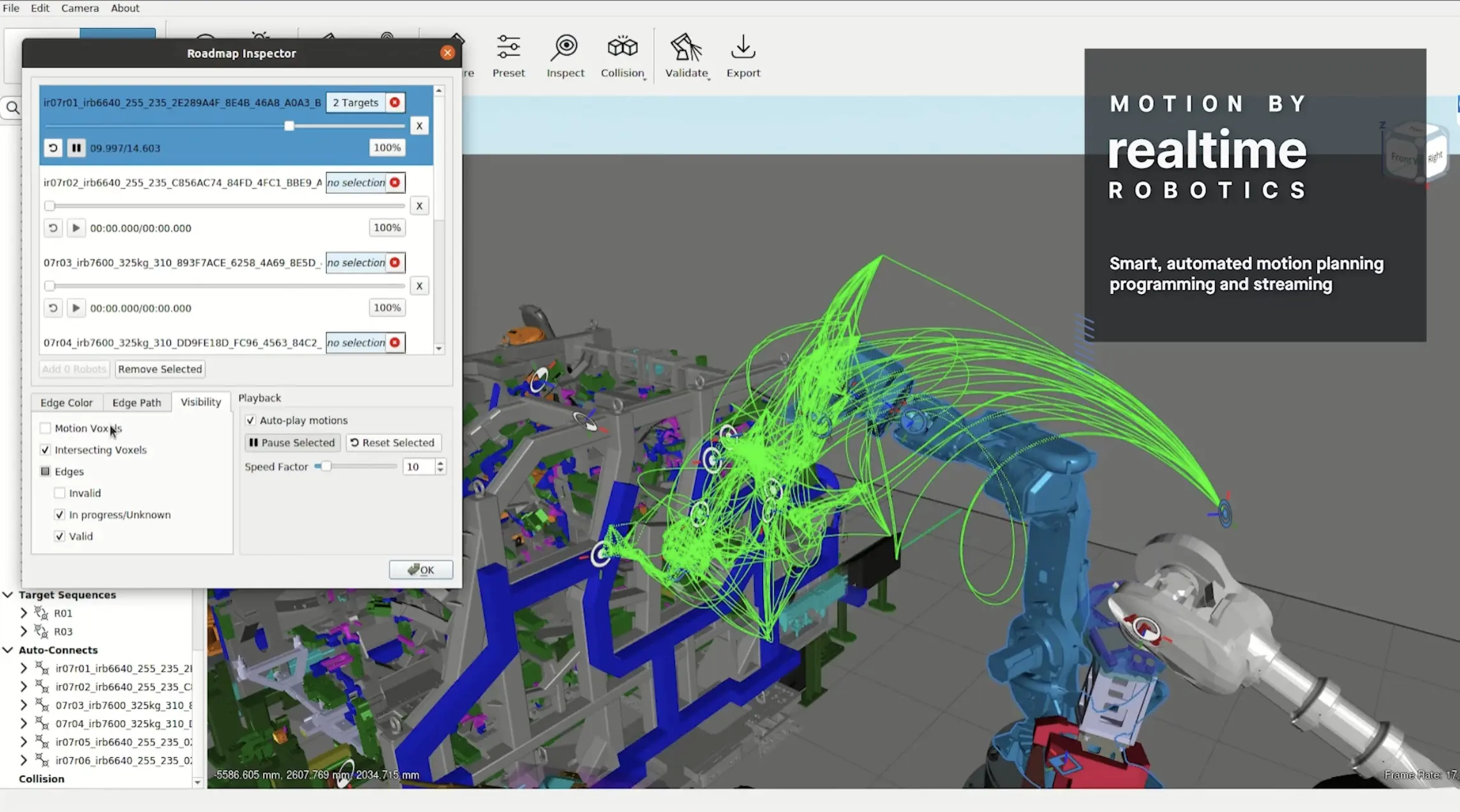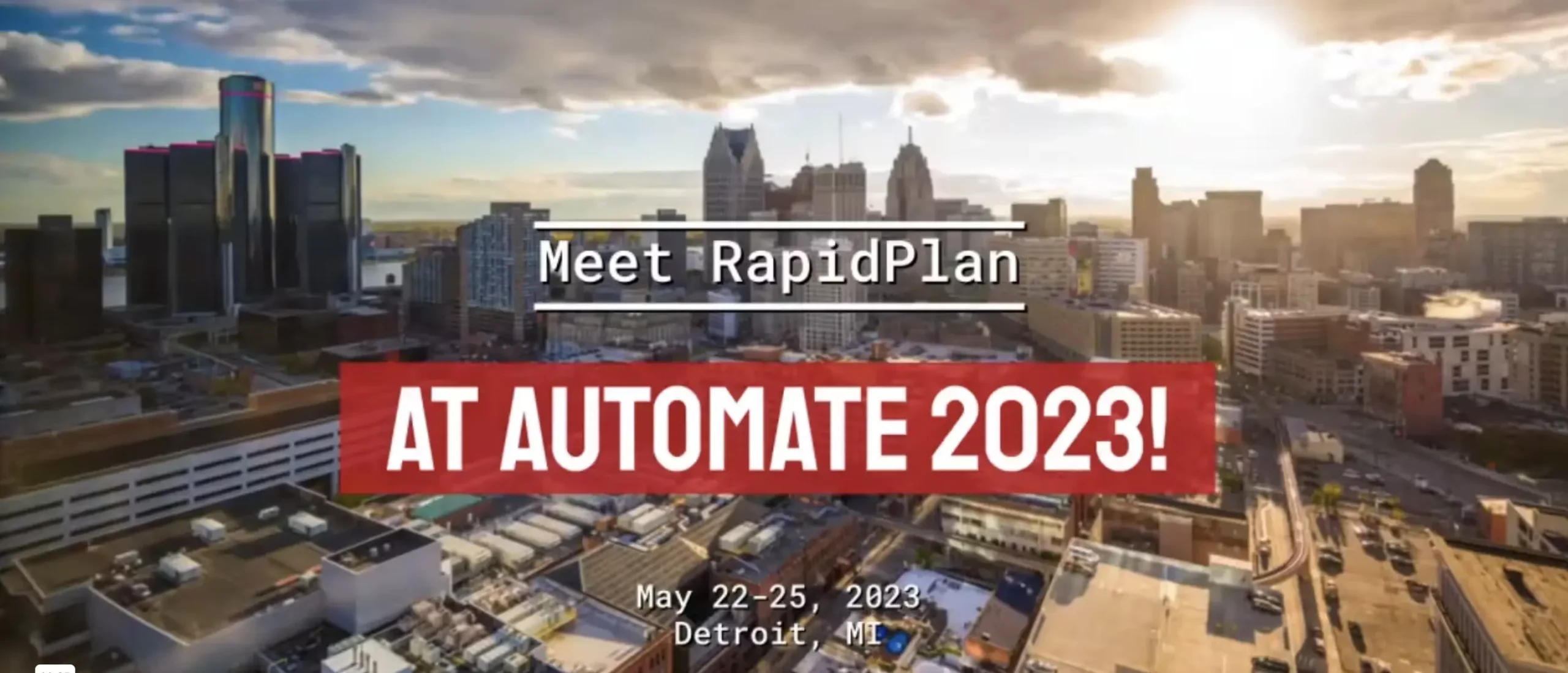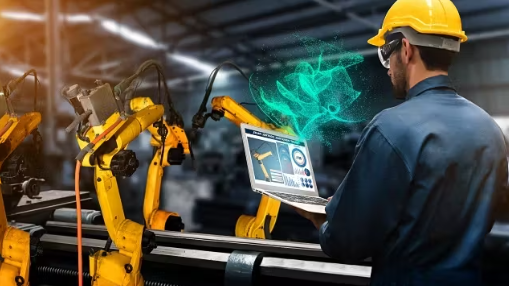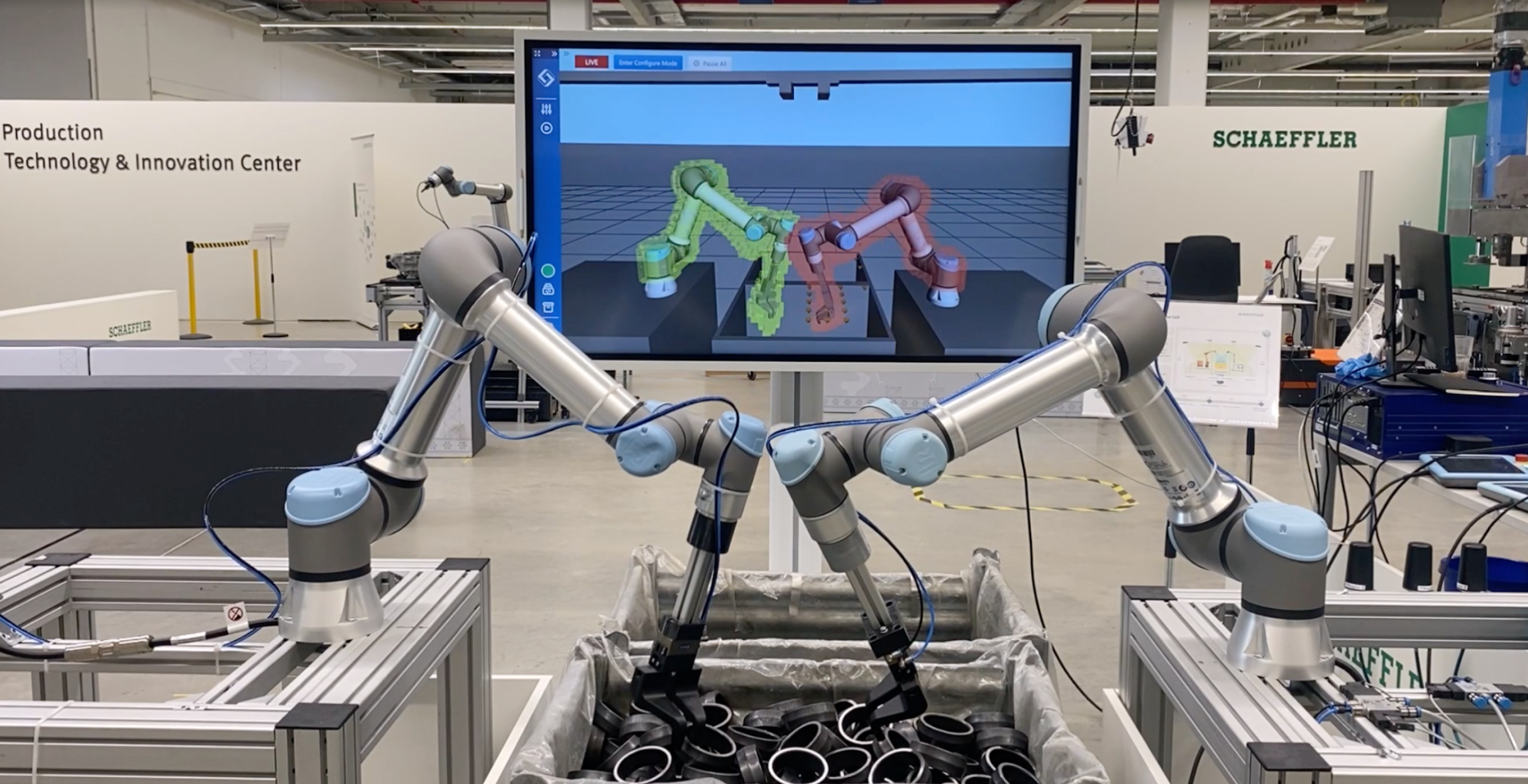Company’s Motion Control and Collision Avoidance Software Eliminates Lengthy Robot Programming Processes While Improving Collaboration and Efficiency
BOSTON – July 18, 2023 – Realtime Robotics, the leader in collision-free autonomous motion planning for industrial robots is the only United States-based company selected as a finalist for the first Oxagon x McLaren Accelerator Program.
The accelerator is an international program created by Oxagon’s research and innovation teams to pilot innovative supply chain and logistics technologies across freight, warehousing and last mile delivery operations. Oxagon, home to advanced and clean industries in NEOM, is strategically located on the Red Sea coast, where a clean industrial eco-system is being developed in harmony with nature.
Realtime Robotics is one of the seven companies in cohort one to be selected for the prestigious Oxagon x McLaren accelerator program. Realtime is also the only company in cohort one that is based in the United States. Organizers initially selected a few hundred candidates from across the globe for the accelerator competition, all with technological innovations that represent the cutting-edge future of robotics, automation and traceability solutions.
The supply chain and logistics team in Oxagon supports the Port of NEOM’s vision to create a sustainable port with a fully integrated and automated supply chain and logistics network, serving all of NEOM. While shaping up supply chain operations, the team is tackling unique innovation challenges: MHU and asset tracking, pick and pack robotics, freight loading and unloading, vertical distribution, smart lockers and last mile delivery. The best fit scale-up companies chosen will have the chance to work closely with the team to further develop its technologies and solutions, all while pilot testing them in real-life operations.
“We believe our RapidPlan software is the perfect fit for helping organizations re-define their logistics and manufacturing operations, speeding robot programming time and driving greater efficiencies,” added Kevin Carlin, Chief Commercial Officer at Realtime Robotics. “It is an honor to be shortlisted and to get a chance to work with such a diverse group of game-changing supply chain and logistics technology companies. The world will be learning from the innovations and blueprint Oxagon is developing for years to come.”
Other innovative companies involved in the project include Aitonomi AG (TeleRetail) (DE), Authena (CH), LYRO Robotics (NZ), Myrmidon Laboratories Pte Ltd (MyrLabs) (SG), Neubility (KR) and Unbox Robotics (IN).
Realtime Robotics’ RapidPlan software speeds the creation and implementation of robot motion plans, eliminating collisions and making it easy to synchronize directly to live operations. To learn more about how Realtime Robotics’ RapidPlan robot motion control and collision avoidance software can improve the efficiency and effectiveness of industrial automation, visit this link.
About Oxagon
Oxagon is the home of advanced and clean industries in NEOM. It represents a radical new model for what industrial centers should be, bringing together advanced and clean industries, research and innovation, next-gen port and integrated supply chain and logistics. A cognitive city, Oxagon is based on NEOM’s philosophy of exceptional livability and redefining the way humanity lives and works in the future. Strategically located in the Red Sea, with 13% of world trade passing via the nearby Suez Canal, Oxagon is designed to breathe new life into manufacturing innovations and global supply chain connectivity while nurturing innovation and attracting global talent.
# # #
For More Information
Jeff Drew
Public Relations, Realtime Robotics
P: +1.617.233.5109
E: jeffreydrew@rtr.ai





